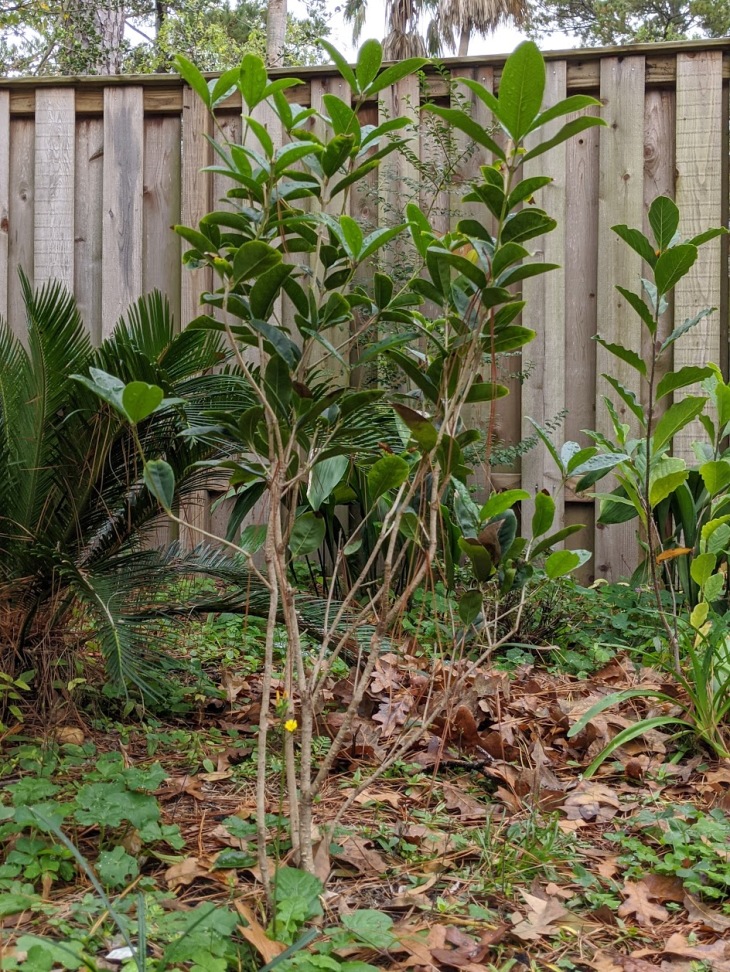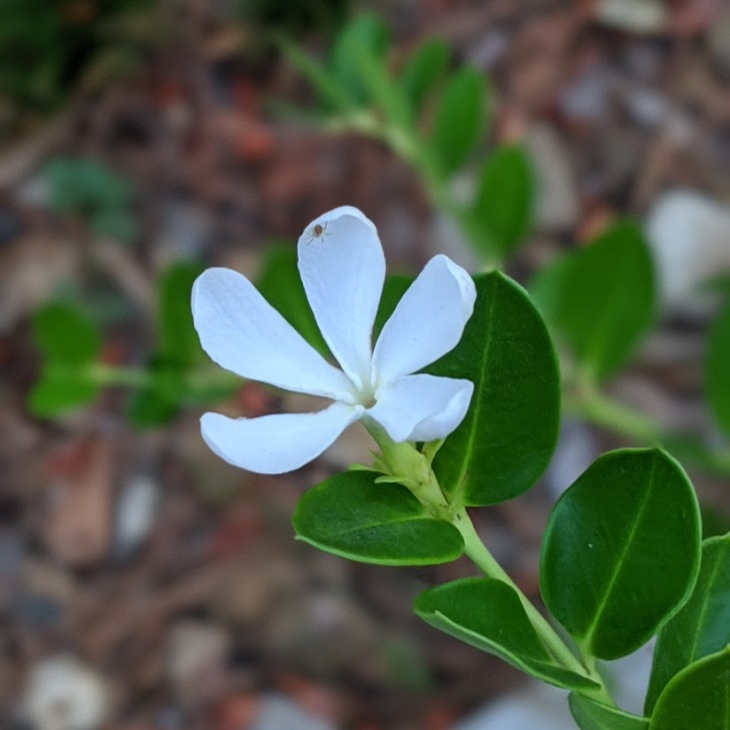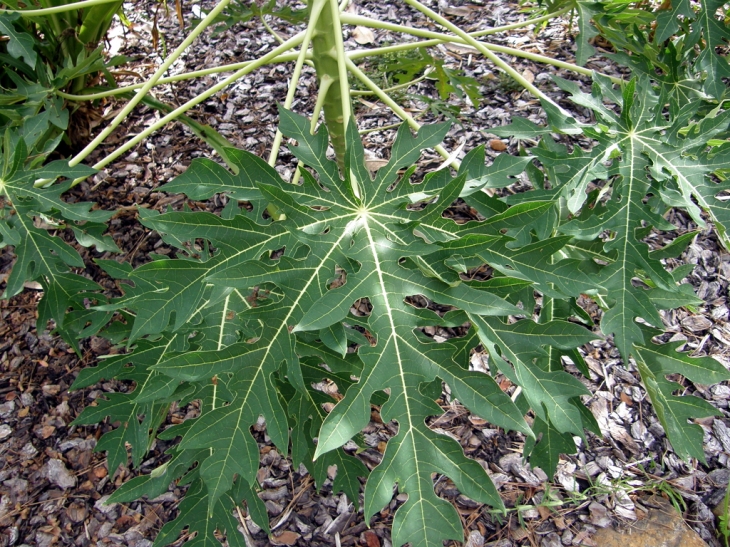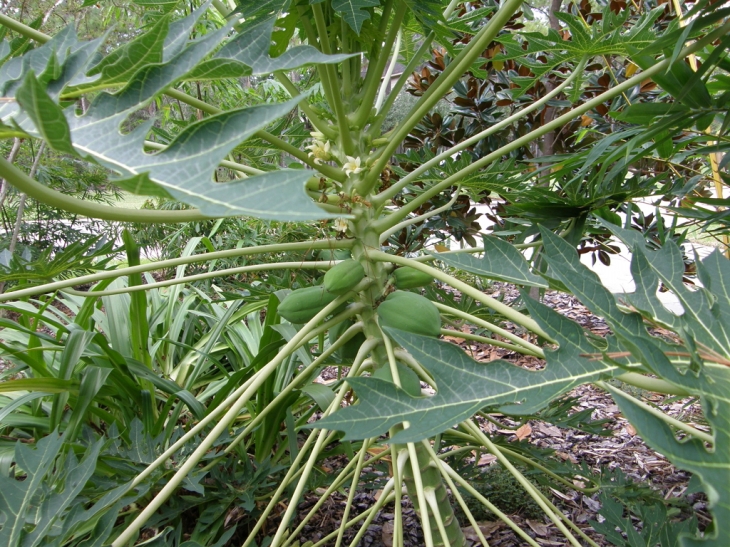
This year I collected my first crop of lemons from my Meyer Lemon tree. The tree’s been here three years. The first two years it bloomed early and I lost the flowers to a late winter chill. I find it’s not uncommon for newly planted plants to be a bit confused about flowering times for a few years.
Lemon and all fruit trees need hours of full sunlight. If the tree isn’t getting full sunlight the fruit may not reach maturity before the cold weather sets in. That said I’ve seen lemon trees covered in healthy fruit late December.
Pruning fruit trees is very important for good fruit production. Light needs to reach all the fruit growing on the tree. When I prune the lemon tree I first remove any dead branches. Then I remove any branches that cross other branches. These will rub in the wind and create wounds that may get infested. Third I remove branches growing down, or growing straight up. Branches growing down get shaded and tend to be weak, ones growing straight up at 90′ angles to the branch they will take all the energy from the branch they are growing from. Lastly I thin out any branches preventing light from reaching into the tree.
In time the tree can reach 18′ tall. You’ll want to prune it to keep it low enough to easily reach the fruit.
Meyer’s Lemon trees are named after Frank Meyer who brought the tree here from China in 1908. The trees quickly became popular until the Meyer Lemon Trees came under attack from a virus in the 1940s. Banned in an effort to save the rest of the citrus trees a new version was bred that was virus free and brought back in the 1970s.
Meyer lemons have thicker skins and are sweeter than most lemons.
Once settled in the tree will often bloom twice a year and provide year round lemons.
Meyer Lemon Trees also make good balcony plants and will grow well in pots.
( also known as Valley Lemon in Texas )
Reasons your tree might not fruit:
– Too little sun
– Late frost kills blooms
– Lack of pollination, flowers but no fruit
Warning: No one told me lemon trees have very large, very sharp thorns. Wear thick leather gloves or tread carefully when pruning.
Easily grows from cuttings.
Problems:
– scale – treat with insecticidal oils
– Citrus greening
Meyer lemons are not considered true lemons being a cross between lemon, orange and mandarins.
Note: This and all the other fruit trees survived the extreme summer of ’11 none bore fruit
2016 I removed this tree. It grew, had a bumper crop of lemons every few years, but the lemons don’t taste very good and the tree was high maintenance. I decided it wasn’t worth the trouble.
Young tree may die back to ground during a cold winter, then grow back from root stock that is different than original tree. Many fruit trees are grafted onto sturdier root stock. If you’ve cut your tree back to the ground or let root suckers grow you may be getting fruit from the root stock, not the Meyer Lemon Tree. Some one told me that the thorny side has bad fruit. There are thorns on my Meyer Lemon Tree














You must be logged in to post a comment.